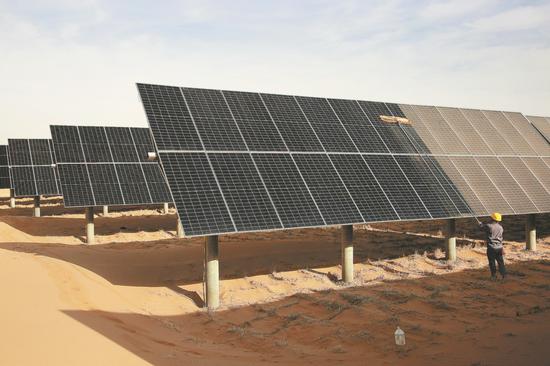
An employee cleans solar panels in Zhongwei, Ningxia Hui autonomous region. (YUAN HONGYAN/FOR CHINA DAILY)
In the prefecture-level city of Guyuan in southern Ningxia Hui autonomous region, Zhang Zhihu is very pleased with how photovoltaic power has improved his livelihood.
In his native Taoshuwan in Jiqiang town under Xiji county, Zhang said some of the villagers' land has been rented out for solar power stations in a bid to boost local green power.
"With the land transfer fee for the photovoltaic power station and working in a public welfare position in the village, I can earn more than 10,000 yuan ($1,404) each year from these two sources alone," he said.
Zhang said Taoshuwan's photovoltaic poverty alleviation power station sells each kilowatt-hour of electricity at a grid price of 0.26 yuan, with a government subsidy of 0.39 yuan.
"The village collective can net an annual income of 197,000 yuan from the PV power station, providing villagers with stable incomes," he said.
So far, Guyuan has built 202 village-level PV poverty alleviation power stations, with a total grid-connected capacity of 68.489 megawatts and an annual average power generation income of 20.8 million yuan, Zhang said.
He added that each village can increase its collective economic income by more than 100,000 yuan per year, ensuring stable incomes for 20 years.
In early June, Liupan Mountain was adorned with fluttering red flags amid gusty winds, as the Huineng Xiji Piancheng Township 50 MW wind power project was successfully connected to the local power grid.
Zhao Rongxing, head of the marketing department at State Grid Guyuan Power Supply Co, said the project was connected to the Zhangyi 110 kilovolt substation through a 110 kV line, making it the first wind farm in Zhangyi.
Once operational, total installed capacity of centralized new energy in the Guyuan area will reach 658 MW, Zhao said.
Spanning the townships of Jiqiang, Xiaohe and Piancheng in Xiji county, the project has a total installed capacity of 50 MW, using 10 wind turbines each with a capacity of 5 MW, he said, adding that it also includes a 5 MW(or 10 MWh) energy storage station.
"Annual power generation is approximately 137.696 million kWh, which can help save some 4.2 metric tons of standard coal and reduce carbon dioxide emissions by about 113,000 tons annually," he said.
Zhao noted that as the Liupan Mountain area has abundant wind and solar resources suitable for building new power systems, State Grid Guyuan Power Supply Co has closely adhered to national new energy industry policies in recent years to actively promote the implementation of solar and wind power facilities.
"By 'green power' we mean that during the power generation process, carbon dioxide emissions are zero or close to zero, and compared to thermal power, it has a lower environmental impact. This usually includes wind and photovoltaic power," said Zhao.
These green power resources come from wind power bases in places like Liupan Mountain and Moon Mountain, and from photovoltaic power bases in Pengyang and Sanying, he said, adding that the "scenery" of Liupan Mountain can now illuminate thousands of homes in Guyuan.
By the end of 2023, Guyuan had 11 new energy power stations and 1,345 new energy users connected to the grid, with an installed capacity reaching 673 MW, accounting for 50.59 percent of the total installed power capacity — equivalent to carbon reductions of approximately 865,400 tons, Zhao added.
Currently, Guyuan has built one energy storage station, with three more under construction with a total investment of some 2.8 billion yuan, aiding the city's high-quality development, he said, adding that his agency will further tap the resource advantages of the Liupan Mountain area, and conduct research on "wind, solar, storage, charging and microgrid "development, in a bid to enhance the optimized utilization of clean energy.








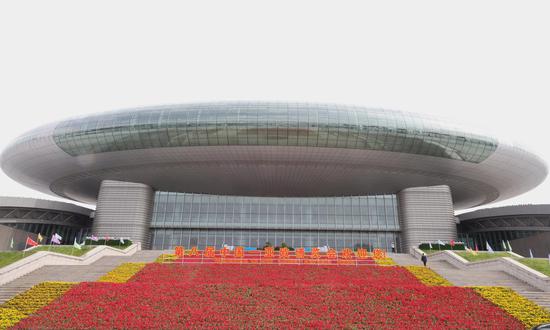




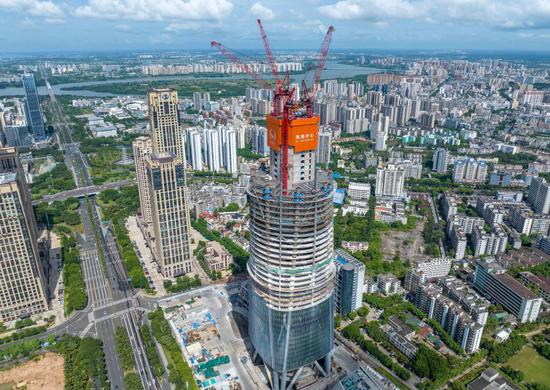
































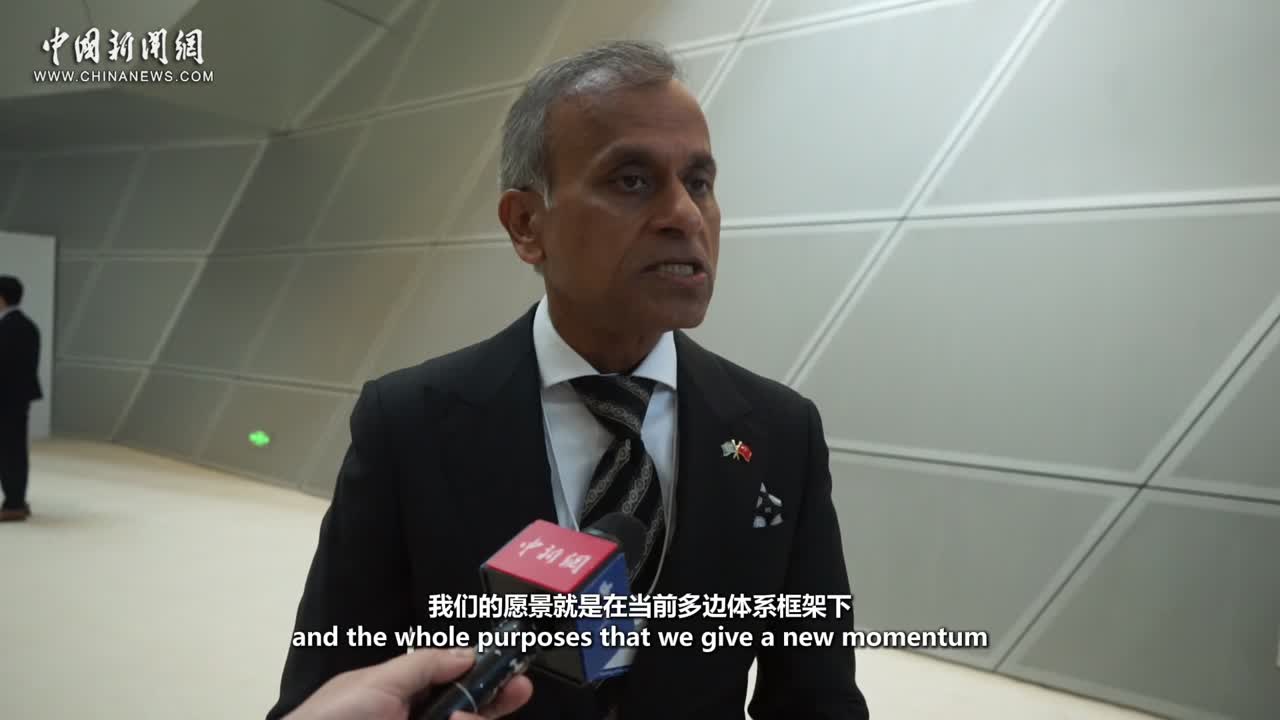

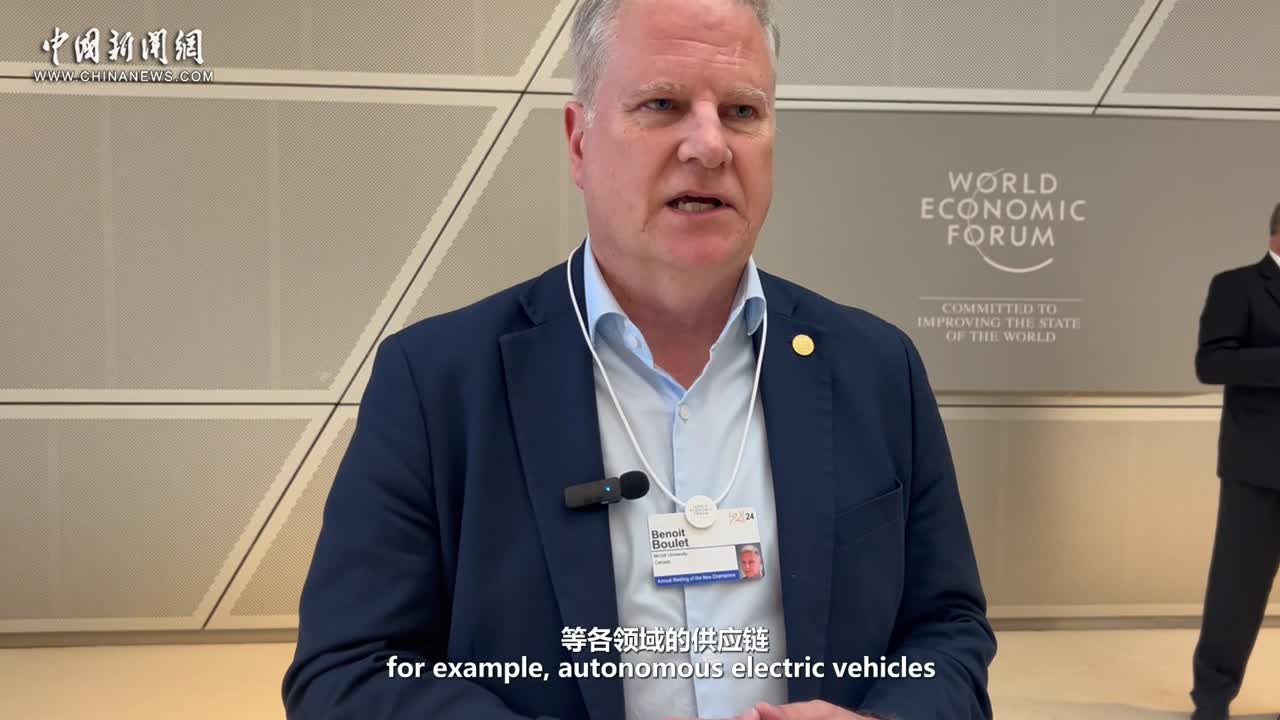

 京公网安备 11010202009201号
京公网安备 11010202009201号